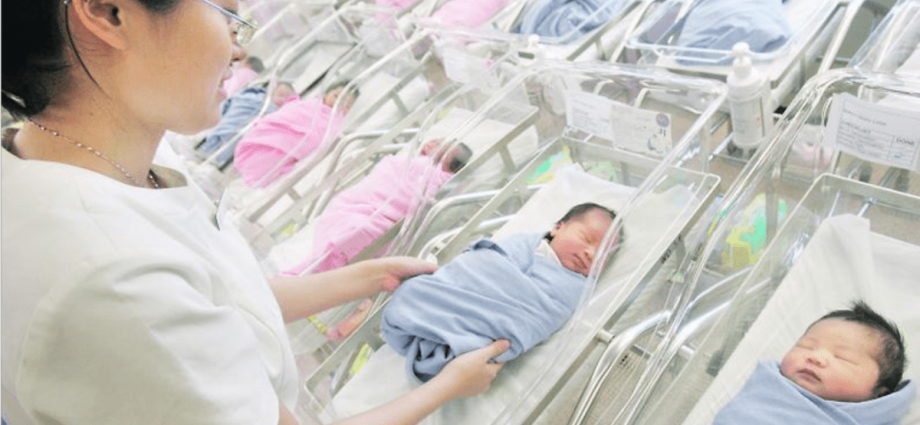
And companies would have to contend with the operational challenges arising from reduced manpower when parents go on paternity leave. From an evidence-based policymaking perspective, only if the interventions sufficiently increase births to outweigh the costs incurred by the interventions, will implementing the policy be justified.
UNDERSTANDING POLICY EFFECT ON FERTILITY RATES?
The few studies that exist suggest that pronatalist policies do have a positive effect on fertility, according to a 2014 review by economist Elizabeth Brainerd from Brandeis University, published in the IZA World of Labor. In general, the effect came about by changing the timing of births and the probability of a birth, but these positive effects tend to be modest.
Other factors could play a more important role in childbearing decisions, including personal beliefs, the availability of qualified and affordable childcare, a family-friendly work culture and other cultural norms.
These findings, however, were based on data sourced from other countries. But the effectiveness of pronatalist policies is likely to differ by country, depending on the societal and economic environment. It might be worth doing such a study in Singapore to get a better understanding of how effective our policies have been so far.
Ideally, the interventions should have increased the number of babies in a few ways: Changing couples’ minds about not having children, convincing them to have more children, or motivating them to have their first child earlier. But if the policies change the minds of only a few, while at the same time, provide financial benefits to all those who have already made up their mind to have children regardless of the new interventions, then modest gains would come at large costs.

